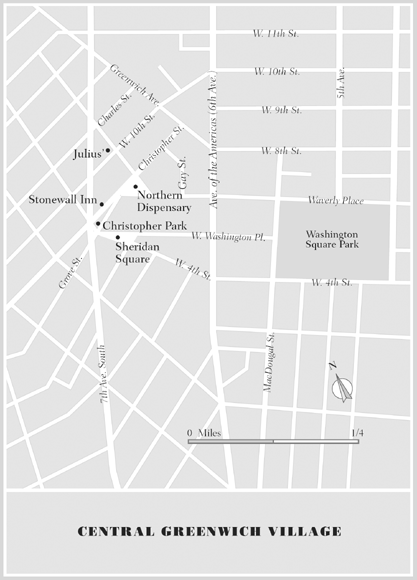S T. MARTINS G R I F F I N  N E W Y O R K
N E W Y O R K
STONEWALL .
Copyright 2004 by David Carter.
All rights reserved. Printed in the United States of America.
No part of this book may be used or reproduced in any manner whatsoever
without written permission except in the case of brief quotations
embodied in critical articles or reviews. For information, address
St. Martins Press, 175 Fifth Avenue,
New York, N.Y.
10010.
Stonewall: the riots that sparked the gay revolution / by David Carter.
Prologue
The Stonewall Riots were a series of violent protests and street demonstrations that began in the early morning hours of June 28, 1969, and centered around a gay bar in the Greenwich Village section of New York City. These riots are widely credited with being the motivating force in the transformation of the gay political movement. Everything else about these riotshow they started and who was responsible; who were the patrons of the Stonewall Inn; who were the owners; what happened at the riots; who was there and who was not; and pretty much everything else revolving around these riotshas been a bone of contention between various individuals and interest groups within and without the gay world. This book attempts to bring together everything that is known about the Stonewall Inn, the riots themselves, and the life and times of the people involved (gay men, lesbians, transvestites, and others) to present the clearest possible picture of what happened and why.
It was only a few decades agoa very short time in historical termsthat the situation of gay men and lesbians was radically different from what it is today. At the end of the 1960s, homosexual sex was illegal in every state but Illinois. Not one lawfederal, state, or localprotected gay men or women from being fired or denied housing. There were no openly gay politicians. No television show had any identifiably gay characters. When Hollywood made a film with a major homosexual character, the character was either killed or killed himself. There were no openly gay policemen, public school teachers, doctors, or lawyers. And no political party had a gay caucus.
It is common today to trace the tremendous gains made for lesbian and gay rights since the early 1970s back to the Stonewall Riots of 1969, when gay men, transvestites, and lesbians fought the police during a routine raid on a popular gay club in Greenwich Village. It is also commonly asserted that the riots, which continued on and off for six days, marked the beginning of the gay rights movement. Gay people had founded a political movement for the rights of gay people prior to Stonewall, although of modest means, and it was the Stonewall Riots that resulted in the birth of the Gay Liberation Front (GLF) and later of the Gay Activists Alliance (GAA). These exemplars of a new kind of gay organization, imbued with the militant spirit of the riots that engendered them, soon inspired thousands of gay men and lesbians across the countryand ultimately around the worldto join the movement for gay civil and human rights.
The immense changes precipitated by the Stonewall Riots make us want to know more about this event and to understand its causes. Yet the riots have seemed to a large degree inexplicable. Why did a sustained resistance occur when the police raided this particular club? Why did gay men take a stand at that time and at that place?
Research conducted for this history revealed that the riots occurred for a number of reasons having to do with timing, social history, cultural changes, and local history and geography, as well as political events. Moreover, many of these causes were as subtle as they were real and thus have long eluded notice. The factor of time further complicates determining the events causes: not only did these causes and contributing factors not occur simultaneously but they were spread out over wide vistas of time, with some of the underlying causes occurring decades prior to the event while others were as fresh as that weeks headlines. How these various strands eventually came together to create a turning point for the gay rights movement is the subject of this history. Given the varied nature of the riots causes, their origins at different points in time, and their multiplicity, the way in which these factors converged to create the Stonewall Riots is an intricate story. Yet almost all the causes lay where the riots took place, in Americas bohemia, Greenwich Village.
S E T T I N G
T H E
S T A G E
Greenwich Village, USA
G R E E N W I C H V I L L A G E
B E F O R E T H E S T O N E W A L L R I O T S:
H I S T O R Y A N D T R A D I T I O N S
In the late 1960s, Tony Lauria, known to his friends and associates as Fat Tony, the son of an important Mafioso named Ernie, decided to open a gay bar in Greenwich Village. He did so despite the unhappiness it caused his father, a man so conservative that it was said that meeting with him was almost like having an audience with the pope. Ernie had made his fortune in traditional Mafia operations such as the carting business and felt that running a fag bar was for people on the lower echelons of the Mafia hierarchy. The father had high ambitions for Tony and sent him to Xavier, a Catholic preparatory school. Despite the quality education Tony had receivedas shown by his good dictionhe preferred to hang out on the street with other neighborhood boys whose thick Italian accents made them sound like actors playing mobsters. The fathers success, his lofty aspirations for his son, and his displeasure at his sons barroom venture suggest that an archetypal father-son conflict may have been behind Fat Tonys decision.
Fat Tonys father owned the apartment building on the southwest corner of Waverly Place and Sixth Avenue, in which he and Fat Tony lived. An impressive structure, the proud building towers over its neighbors and displays knights carved in stone on its facade. At seventeen stories it is high enough that its upper floors command a fine view of the neighborhood.


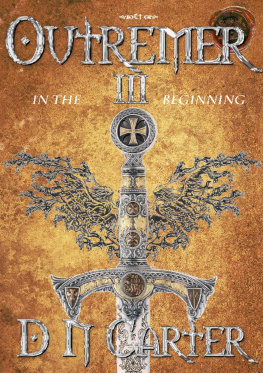
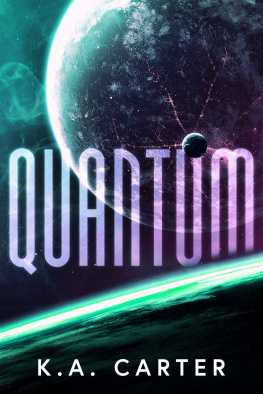
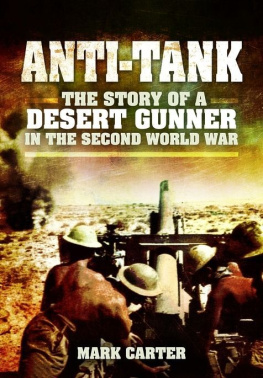

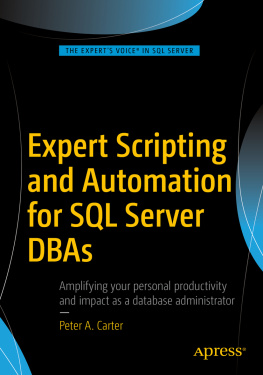


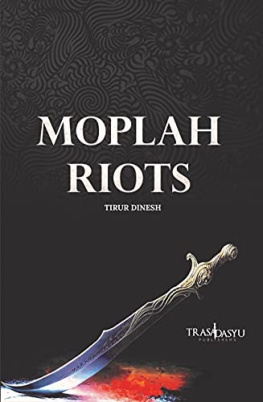
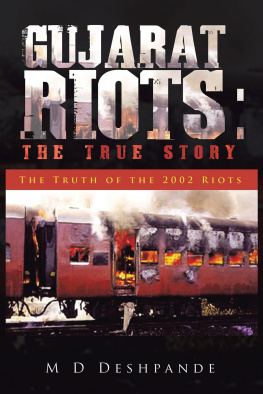
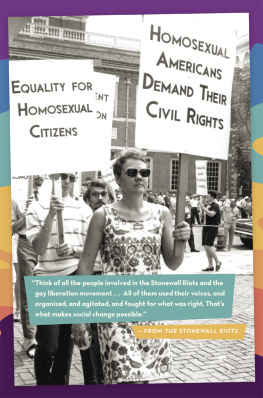

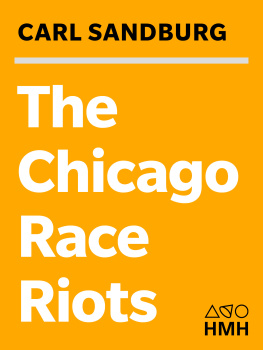
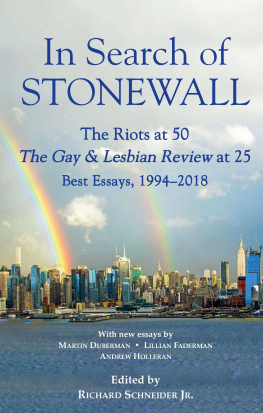
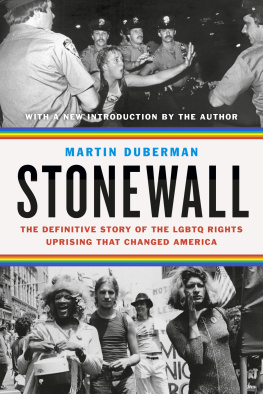
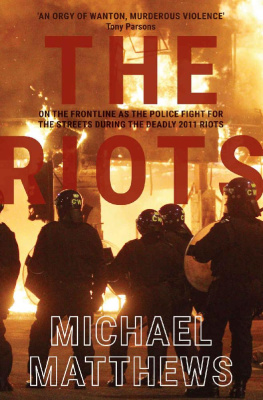
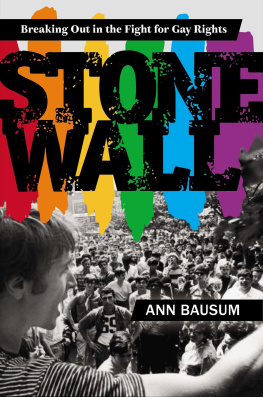
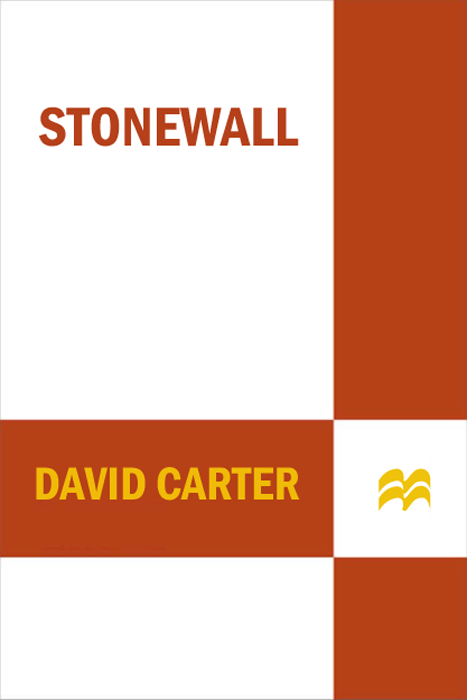


 N E W Y O R K
N E W Y O R K